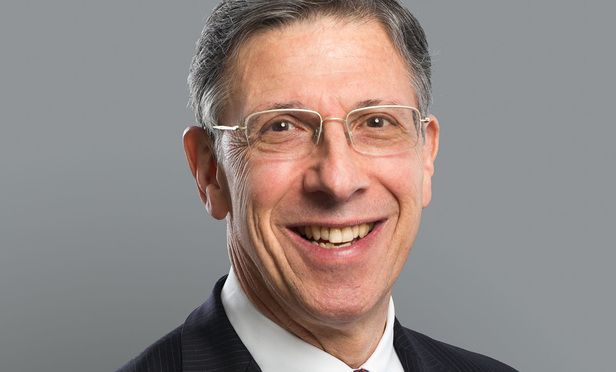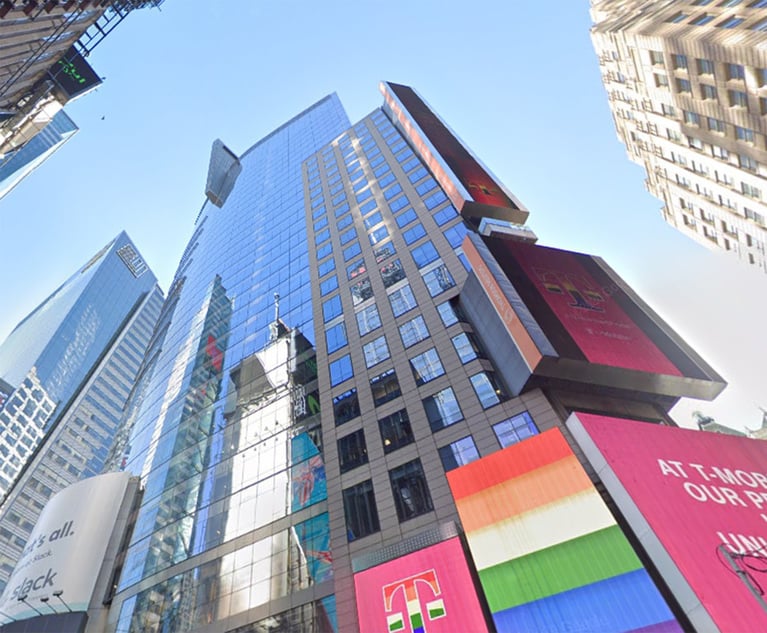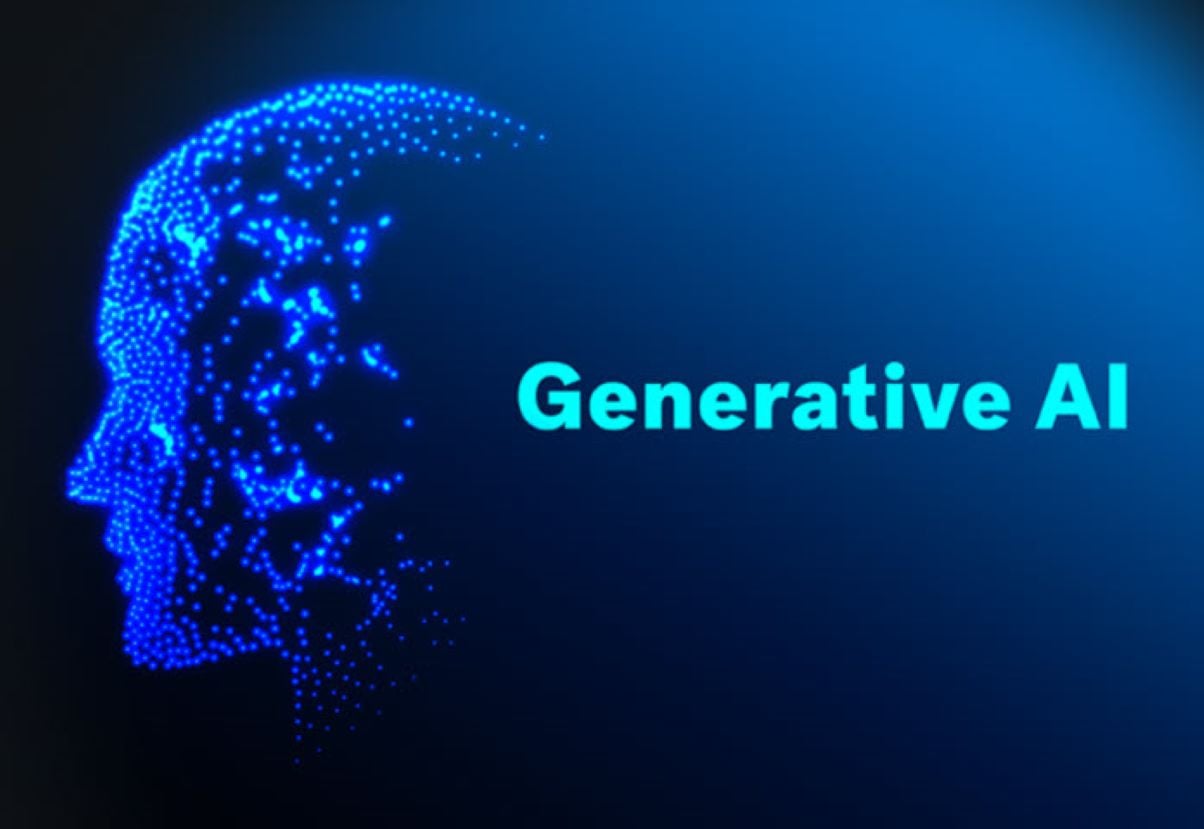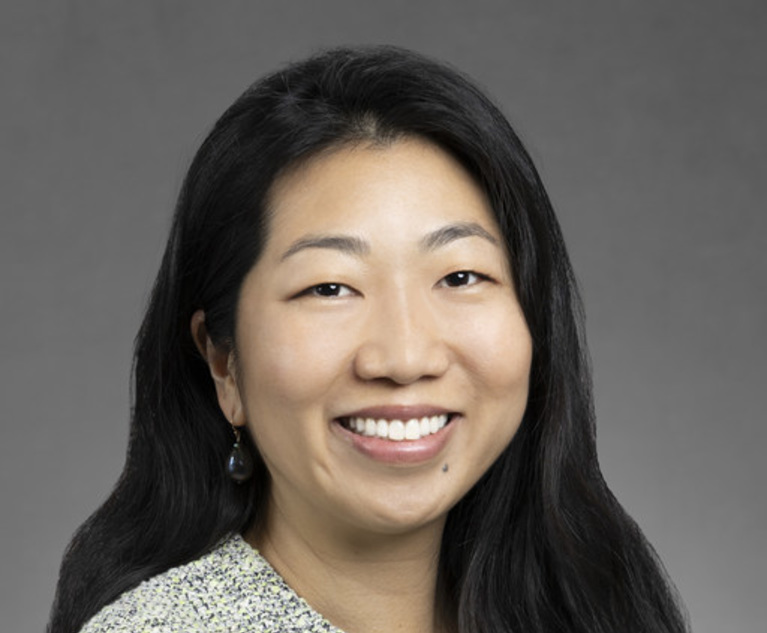In this article we return to the vexing problem in New York of whether—and which—lawyers may practice remotely, using the tools of the digital age, without having a physical office. This column first addressed the subject three years ago, in “In-State Office Requirement: Gap Between Theory and Reality,” N.Y.L.J. (May 9, 2016). In that article, which considered the decision of the U.S. Court of Appeals for the Second Circuit in Schoenefeld v. Schneiderman, 11-4283-cv, decided April 22, 2016, and the advisory opinion from the New York Court of Appeals (in Schoenefeld v. State of New York, 25 N.Y.3d 22 (2015)), which the Second Circuit had requested. We commented there that the Second Circuit’s decision was out of step with the reality of law practice in the 21st century. We returned to the subject a year later, in the column “Tales of Woe: An Update on Two Disturbing Issues,” N.Y.L.J. (May 3, 2017)), after the U.S. Supreme Court’s denial of certiorari, leaving the Second Circuit’s unfortunate decision in place. We return to the subject again because the Association of the Bar of the City of New York Committee on Professional Ethics (the Committee) recently issued Formal Opinion 2019-2 “Use of a Virtual Law Office by New York Attorneys” (the Opinion), which replaces Opinion 2014-2 (2014).
As we will see, the Opinion bravely seeks to plot a path which New York lawyers may follow to comply with the law and rules on this subject. However, it does so by the use of curious logic and by ignoring the fact that ethics opinions can’t actually change the law even when the law is, as Dickens would have it, “a ass.” At the end of the day, although the clear implication of the Opinion is that Schoenefeld and other similarly situated New York lawyers who reside outside the state may practice remotely if they use a Virtual Law Office (VLO), it is not certain whether it provides a secure route under applicable law for them to do so.


 Anthony E. Davis
Anthony E. Davis




